You can contact LEARNZ, part of CORE Education, at:
Postal Address:
PO Box 13 678,
Christchurch 8141,
New Zealand
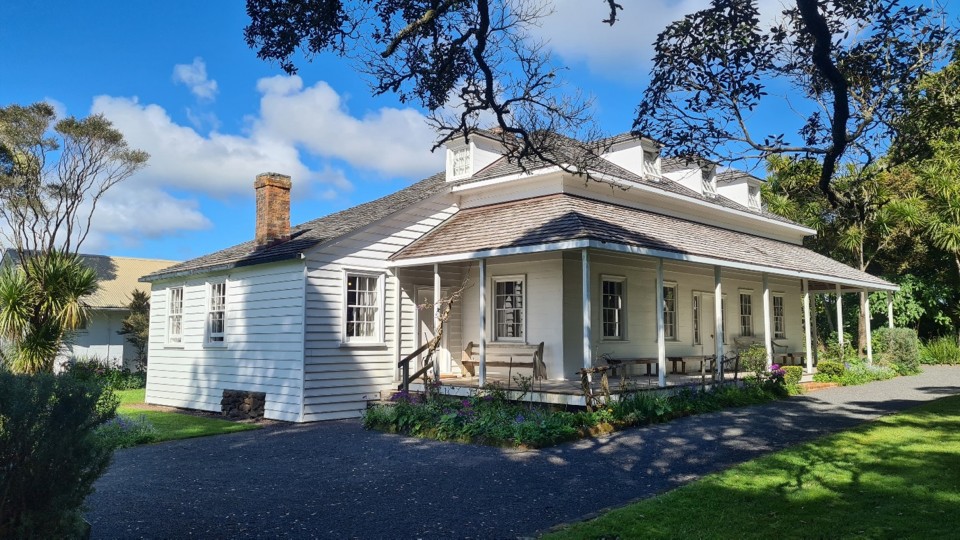
Te Waimate Mission was established in 1832 by the Church Missionary Society (CMS). It was the first missionary settlement inland from the Bay of Islands and the last of three mission houses in the area and with agreement of local Ngāpuhi. The mission village was made up of three wooden houses for missionary families, a flour mill, printery, carpenters' shop, brickworks, blacksmith, school and a church. There was also a hospital, housing for the workers and a Māori kainga.
By setting up Te Waimate Mission, Samuel Marsden hoped Māori would learn European farming techniques and religion, while producing goods to feed their community and for sale through the Stone Store at Kerikeri. For Hongi Hika, having a mission station under his influence gave Ngāpuhi access to more resources such as schools, trades training, markets, and international opportunities.
The focus of Te Waimate was farming but it also briefly served as the home of the Anglican Church and St Johns College Bishop. The educational history of the property stretches from farming and trades training to Latin, theology, maths and te reo Māori.
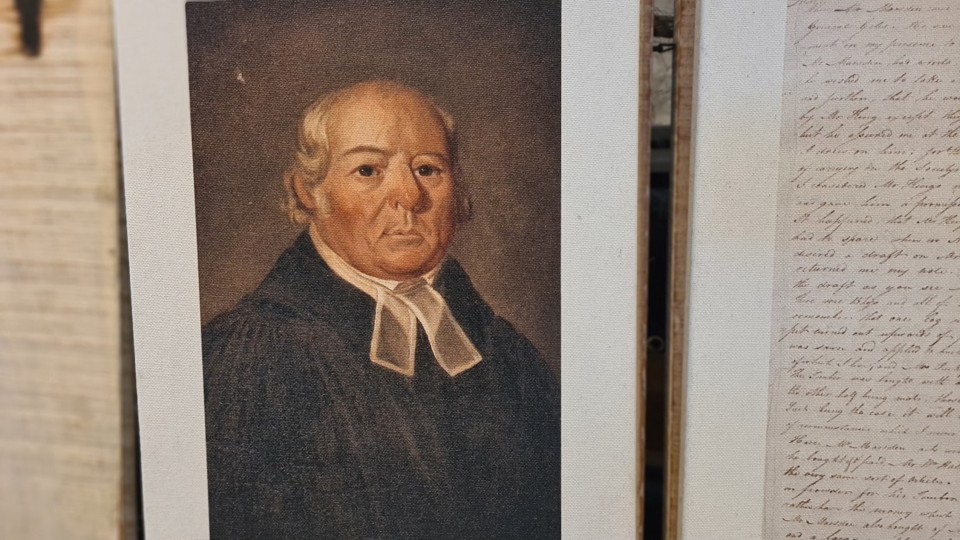
A growing gap in the relationship between the Mission and Māori communities led to a decline in the agricultural and educational goals of the mission. The farm was reliant on Māori working on the property but after learning their trades they took the skills back to their own communities. The missionaries then struggled to keep it generating enough food to support the entire community. The death of a student led to the removal of many Māori students from the school, a change that was led by the influential Hone Heke. Wider issues about the Treaty, land loss and taxation sparked local issues around the Mission and the Bay of Islands. Furthermore, military occupation of Te Waimate was seen as the church taking a side in the land wars, even though the occupation was forced on them. Tension was heightened by a raid on the Mission to steal flour from the mill, along with two cannons that were used in the battle at Ōhaeawai. All of these factors lead to the Mission being gradually run down.
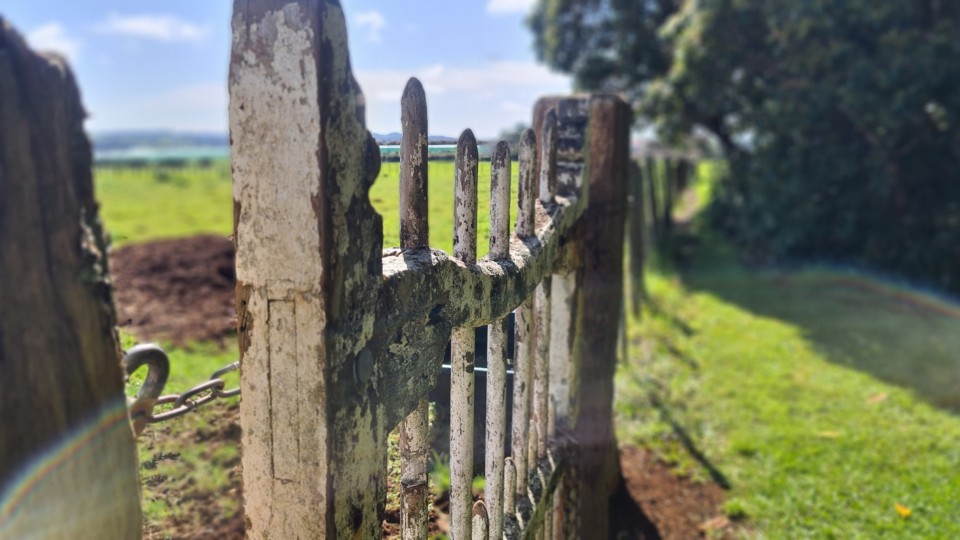
Although the farm was not as successful as Marsden had hoped, the agricultural story of Te Waimate is an important one. The mission was established within an existing landscape of food and farming. For hundreds of years before Te Waimate Mission, Māori were successfully growing food in the surrounding environment. Māori had generational knowledge of growing in Aotearoa, whereas with the Mission it was often about having knowledge of the plant but less knowledge of the environment. Māori added crops like potatoes and new varieties of kumara into traditional gardening systems. They were supplying food to ships coming into the Bay of Islands and that growth in activity and opportunity helped the expansion of Ngāpuhi. The mission farm was an access point for the crops and technologies arriving from Europe that developed their own work.
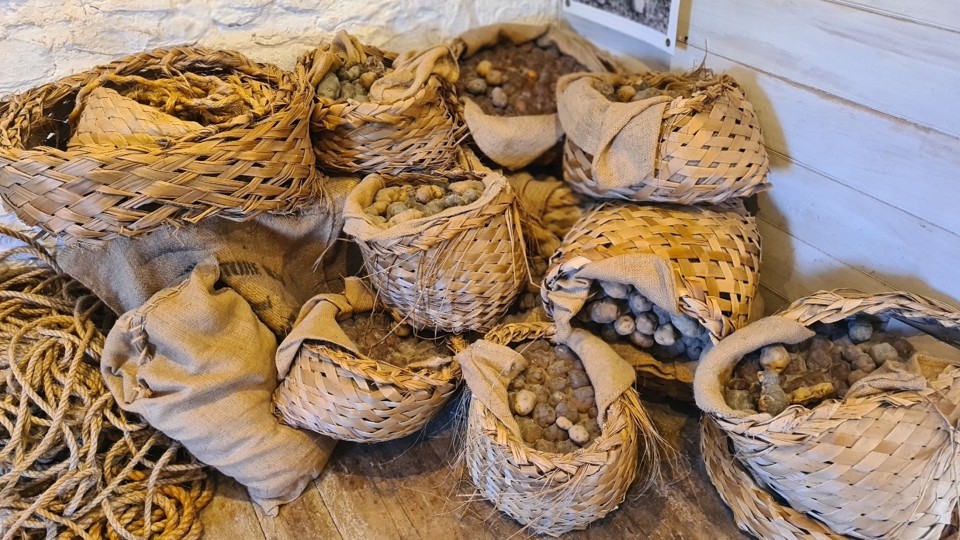
The contribution of Te Waimate farm is not about being the first English farm but about the lasting impacts of experimenting with importing an entire food landscape from the northern hemisphere. It contributed to New Zealand’s current food and farming practices by being one of the places to trial growing a bit of everything. Some of those imports and the results of a lot of trial and error have become part of our current agricultural industry.
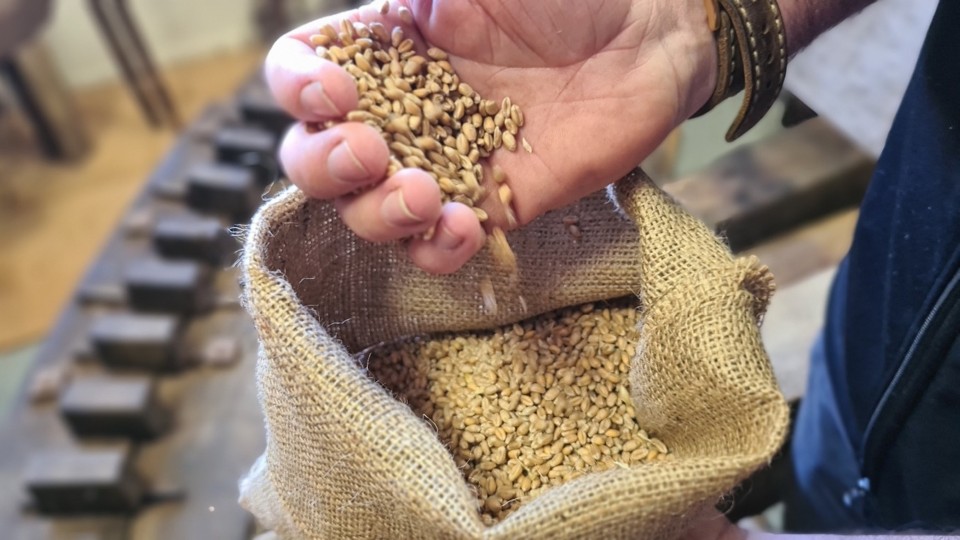
Te Waimate Mission in the Bay of Islands has a direct connection to Te Tiriti o Waitangi. It was the site where six Ngāpuhi rangatira signed The Waitangi Sheet, written in Māori, on 9 and 10 February 1840. It is believed the strong relationships formed with missionaries may have influenced rangatira in accepting and signing the Treaty.
Te Waimate also hosted negotiations between the government, churches and Māori in an attempt to avoid war after Hone Heke’s attacks on the flagpole at Kororāreka (July 1844). Its location within the northern landscape also led to Te Waimate becoming a fortified British settlement in 1845, serving as a base for various regiments from July through to September that year.

Try the Te Waimate Mission House quiz.